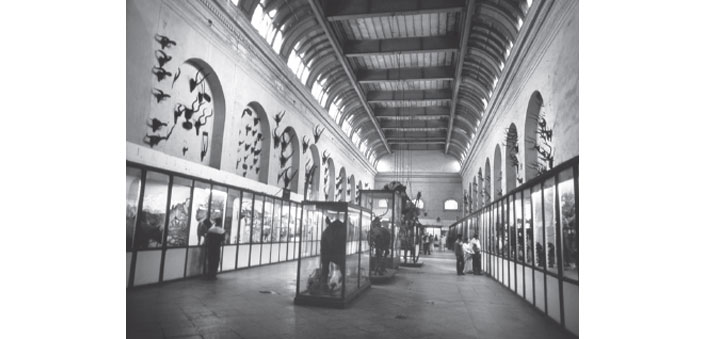The oldest museum in India turns 200 this year.
- When and where was the Indian Museum established?
The museum was established on February 2, 1814 at the premises of the Asiatic Society of Bengal in Kolkata.
- Who was the first curator of the museum?
Dr Nathanial Wallach, a Danish botanist was the first Honorary Curator of the Oriental Museum, as it was then known. He was one of the largest donors to the Museum in the beginning.
- When did the public gain access to the museum?
After the museum shifted to its present location, it opened its doors to the public on April 1, 1878 with two galleries – the Archaeology gallery and bird gallery of the Zoological Section.
- How big is its collection?
The Indian Museum is the largest multipurpose museum in India. It has six sections comprising thirty five galleries, viz. Art, Archaeology, Anthropology, Zoology, Geology, and Botany. Among its prized exhibits are an Egyptian mummy, the Buddhist stupa from Bharhut, Lord Buddha’s ashes, the Ashoka pillar, whose four-lion symbol is the official Indian emblem, fossil skeletons of prehistoric animals, rare antiques and a collection of meteorites.
- How did the museum celebrate its bicentenary?
The Prime Minister Dr. Manmohan Singh released a commemorative postal stamp and a monograph to mark the occasion.


